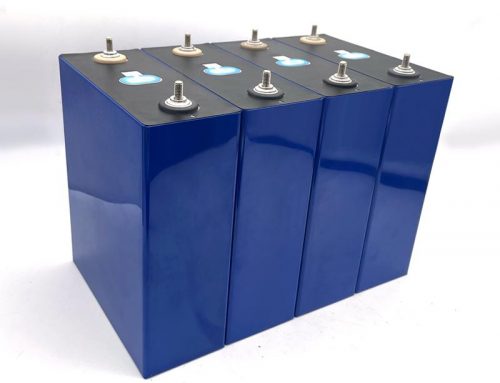
Usually, the cell makers will state a cycle life for a single cell. For example, BAK states in their TDS for a 3.35Ah power cell that the battery cell can get an 800 of cycle life if the charge is ended with 4.2V and discharge is cut off at 2.75V. However, 1000 cycle life can be available if some rules were changed. That is to cut off the charge voltage when it reached 4.15V and cut off the discharge voltage at 3.0V.
So, with the same cell, you can get different cycle life characters by adjusting the charge/discharge rules for your end products!
And what is the reason to get such a difference? It is decided by the structure of cathode active material. Usually, NCM active materials were used for the high capacity cell. The internal structure is a Layered Crystal Structure for an NCM cathode material. When charging/discharging, the structure will be destroyed step by step. If the end voltage of charge/discharge is lower, there will be just a little destroy to the structure. So, to get a better lifecycle, a narrow voltage range for charge/discharge is prefered.
